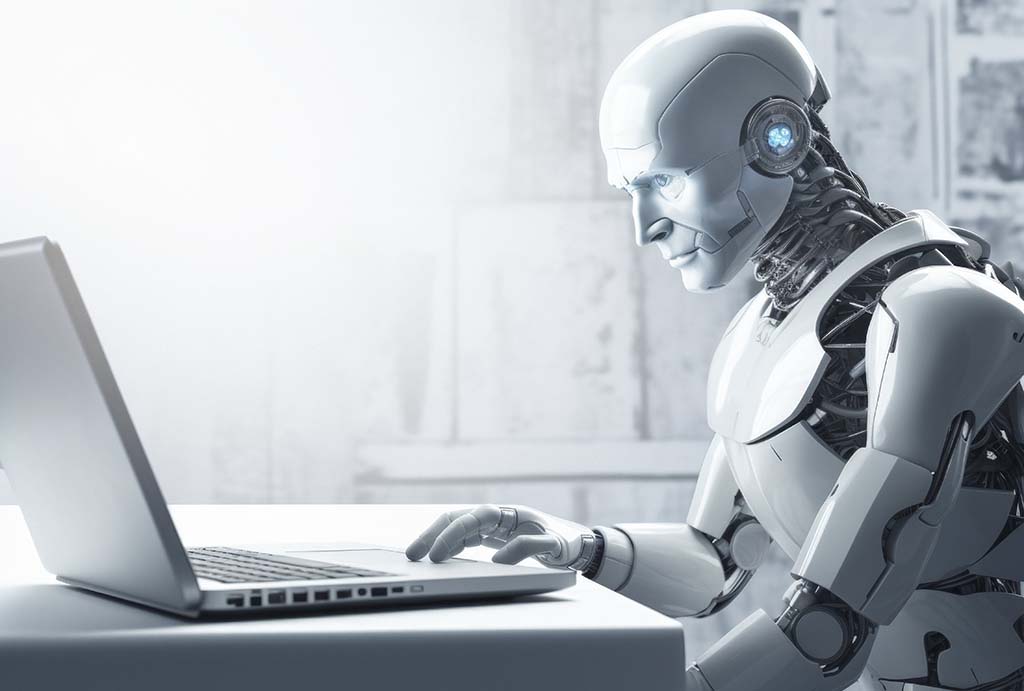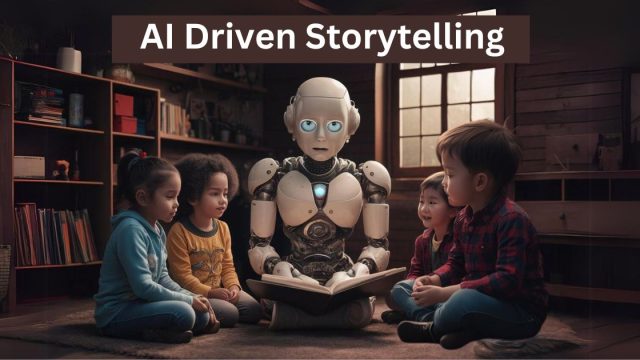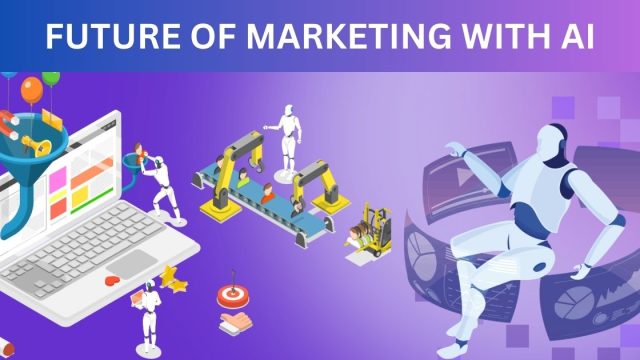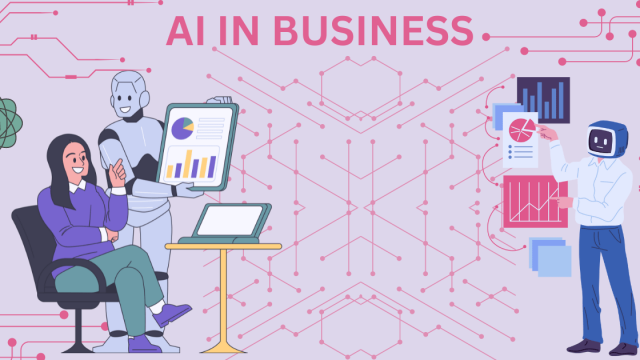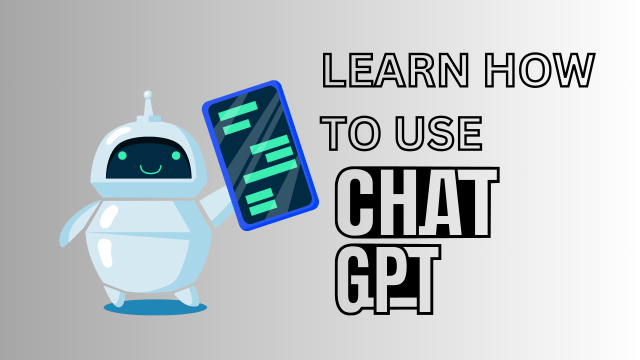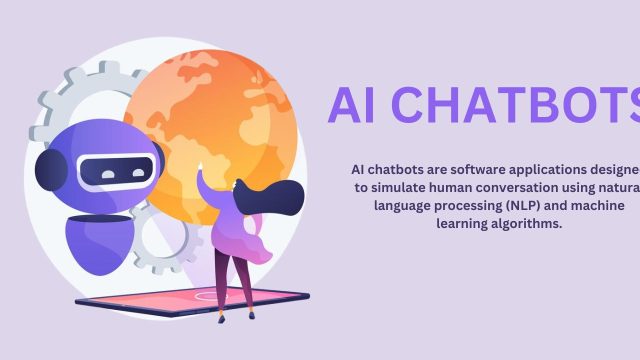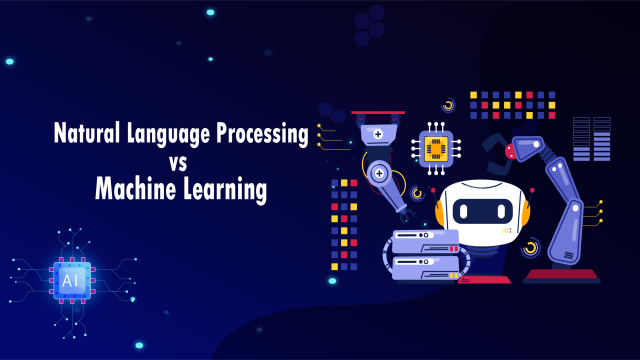Currently Empty: $0.00
Conversational AI: The Evolution Of Communication With ChatGPT
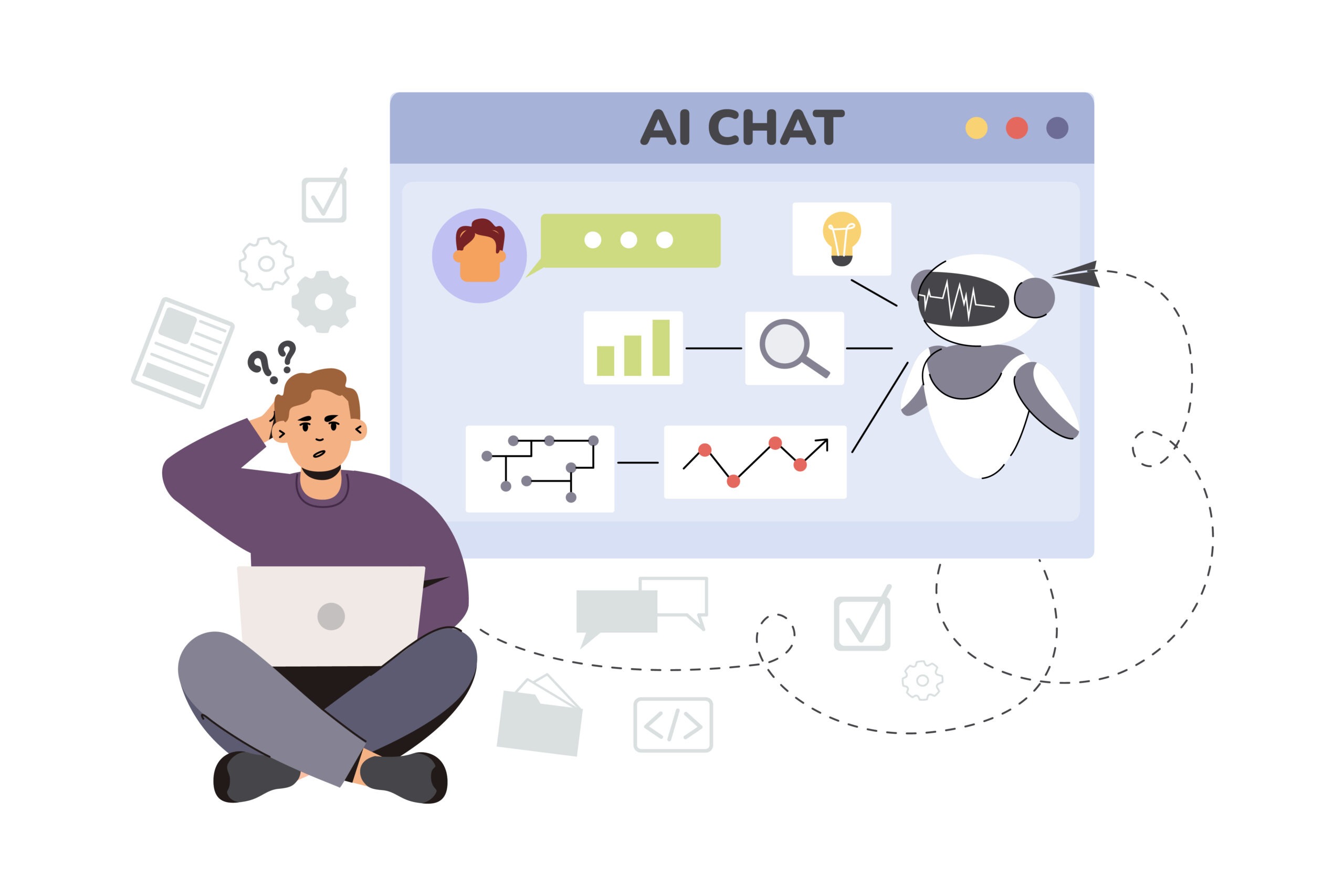
Introduction
In the age of technology, the rise of artificial intelligence (AI) has ushered in a new era of human-machine interaction, reshaping how we communicate, work, and interact with the digital world. At the forefront of this transformative wave is ChatGPT, an AI-powered chatbot developed by OpenAI. ChatGPT represents a significant milestone in conversational AI, pushing the boundaries of what machines can accomplish in understanding and generating human-like text.
This smart chatbot goes beyond simple question-and-answer interactions, engaging in meaningful and context-aware conversations. Its capabilities extend to providing assistance, answering queries, and even offering companionship. The impact of ChatGPT spans across various industries, including customer support, content generation, education, and more.
However, the rise of ChatGPT is more than just about a sophisticated chatbot; it signifies a broader narrative of how technology is redefining our interactions with machines and each other. It raises ethical dilemmas, presents opportunities, and poses challenges associated with the integration of AI into our daily lives.
In this blog post, we embark on a journey to explore the remarkable ascent of ChatGPT and its transformative effect on communication. We delve into the history of AI in communication, unravel the intricacies of ChatGPT’s inner workings, examine its real-world applications, and contemplate the ethical considerations that accompany this new era of human-machine interaction.
As we navigate through these chapters, readers will gain insights into the AI revolution and the pivotal role that ChatGPT plays in shaping contemporary communication practices. The future of communication is unfolding before our eyes, driven by advancements in artificial intelligence. Join us as we unveil the world of ChatGPT and its profound impact on the way we communicate today and into the future.
A Brief History of AI in Communication
In our journey to comprehend the revolutionary advancements in AI-driven communication, it’s imperative to rewind the clock and delve into the historical evolution that has brought us to the present moment. The narrative of AI in communication is one of innovation, perseverance, and an unwavering commitment to bridging the gap between human and machine interaction.
The Early Days of Chatbots:
The inception of AI in communication dates back to the mid-20th century when computer scientists embarked on experiments to create machines capable of simulating human conversation. Among the earliest notable chatbots was “Eliza,” crafted by Joseph Weizenbaum in the 1960s. Eliza utilized rudimentary pattern-matching techniques to emulate the behavior of a Rogerian psychotherapist. Though its responses were often rudimentary, Eliza showcased that computers could engage in text-based dialogues, albeit within constrained parameters.
Turing’s Test and the Pursuit of Human-Like Conversation:
In 1950, Alan Turing, a luminary in computer science, proposed the concept of the “Turing Test.” This test poses a challenge to assess a machine’s ability to exhibit intelligent behavior indistinguishable from that of a human. While the Turing Test remains a subject of contention, it catalyzed the quest for more sophisticated conversational AI.
The Emergence of Modern Conversational AI:
The 21st century witnessed significant breakthroughs in AI communication, driven by advancements in machine learning and natural language processing. These strides marked a departure from the rule-based approaches of early chatbots. Modern conversational AI systems, exemplified by ChatGPT, have mastered contextual language understanding, adaptability to user input, and nuanced response generation.
The Pivotal Moment of Siri and Beyond:
A pivotal moment in AI communication history was the debut of “Siri” by Apple in 2011. Siri democratized conversational AI, enabling users to interact with their smartphones using natural language commands. This accessibility fueled the demand for more sophisticated chatbots, spurring rapid technological evolution in subsequent years.
The Ascendancy of ChatGPT:
ChatGPT, an OpenAI project, symbolizes the evolution of AI. ChatGPT excels in generating contextually relevant responses using deep learning models, establishing its status as one of the most advanced conversational AI systems to date. Its development indicates an important turning point in AI research, with significant implications for industries such as customer service and content creation.
As we navigate through the exploration of ChatGPT, this historical backdrop serves as a compass, guiding our understanding of its impact and the trajectory of AI in communication. In the forthcoming chapters, we’ll delve deeper into ChatGPT’s functionalities, applications, and the broader implications for our digital landscape.
Meet ChatGPT — An In-Depth Look at OpenAI’s Chatbot Sensation

In the dynamic realm of artificial intelligence, one name has consistently dominated headlines in recent years — ChatGPT. Crafted by OpenAI, ChatGPT stands as a revolutionary conversational AI system that has captivated the interest of researchers, developers, and the broader public. In this chapter, we embark on an in-depth exploration of ChatGPT, unraveling its inception, capabilities, and the cutting-edge technology that propels it to stardom in the realm of AI.
The Birth of ChatGPT
ChatGPT emerges as the latest iteration of OpenAI’s groundbreaking GPT (Generative Pre-trained Transformer) models. This evolutionary journey commenced with GPT-1, followed by the awe-inspiring GPT-2, initially withheld from public release due to concerns over potential misuse. This caution underscores the rapid advancements and formidable capabilities of these models.
Designed with conversation as its core function, ChatGPT underwent training on a colossal dataset of internet text, enabling it to grasp the intricacies of human language and contextual nuances. Powered by a neural network architecture, this training regimen empowers ChatGPT to craft coherent and contextually appropriate responses across a diverse spectrum of user inputs.
Understanding ChatGPT’s Architecture
Central to ChatGPT’s prowess lies the transformer architecture, heralded as the linchpin of numerous modern AI systems. Renowned for its adeptness at processing sequential data, the transformer model proves an optimal choice for language-centric tasks. Leveraging self-attention mechanisms, it discerns the significance of various words within a sentence, facilitating the effective capture of contextual relationships.
Moreover, ChatGPT incorporates a decoder model, rendering it adept at tasks involving text generation. Through meticulous fine-tuning of its pre-trained model on conversational data, OpenAI has tailored ChatGPT to engage in dynamic and contextually aware dialogues.
Conversational Fluency:
A standout feature of ChatGPT lies in its proficiency at engaging in meaningful, human-like conversations. Equipped to furnish answers, explanations, narratives, and even role-play characters, ChatGPT leverages underlying technology to comprehend and generate text in a manner that resonates with natural conversation.
Nonetheless, it’s imperative to acknowledge that ChatGPT isn’t immune to fallibility and may occasionally produce erroneous or nonsensical responses, particularly when grappling with ambiguous or misleading inputs. OpenAI remains steadfast in its pursuit of enhancing performance and mitigating such challenges.
The Power of ChatGPT’s OpenAI API
OpenAI has democratized access to ChatGPT through its API, empowering developers to seamlessly integrate the AI model into a myriad of applications and services. This groundbreaking move catalyzes innovation across domains such as customer service, content generation, and language translation. The ChatGPT API serves as a catalyst for developers, enabling the creation of bespoke conversational experiences tailored to specific requirements.
As our journey into the realm of ChatGPT unfolds, we will delve deeper into its real-world applications, its transformative influence on diverse industries, and the ethical considerations inherent in its utilization. Yet, before venturing into these domains, it is essential to grasp the technological marvel that propels ChatGPT into the echelons of AI excellence and redefines communication as we know it.
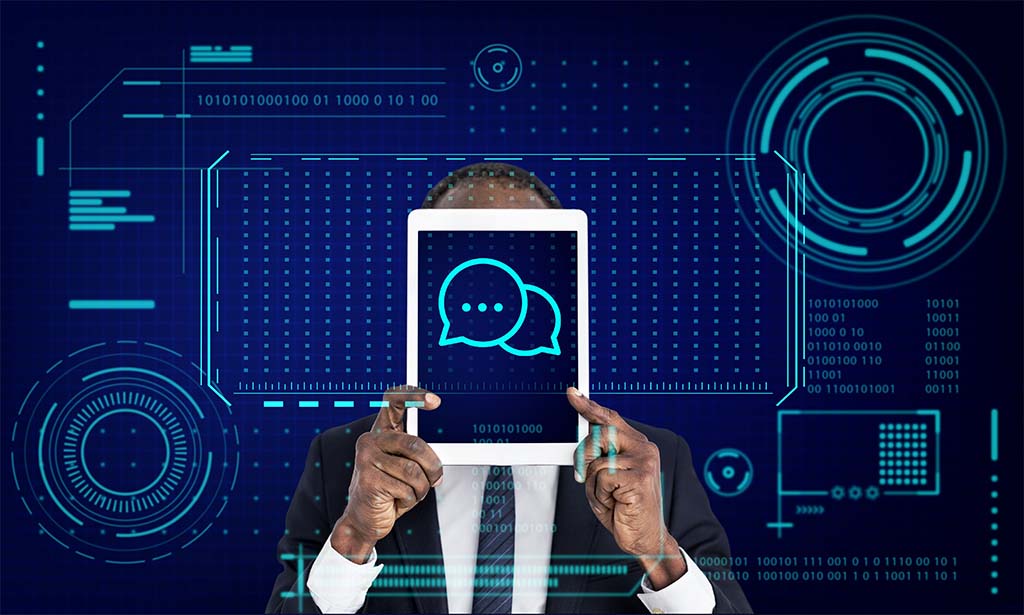 The Inner Workings of ChatGPT, Understanding the Technology Behind the Chatbot
The Inner Workings of ChatGPT, Understanding the Technology Behind the Chatbot
Exploring the intricate mechanisms powering ChatGPT unveils the marvels of artificial intelligence at play. Let’s venture into the depths of this AI sensation, unraveling the technological marvels that underpin its conversational prowess.
Neural Network Architecture:
ChatGPT’s foundation rests upon a neural network architecture known as the transformer model. Renowned for its efficiency in processing sequential data, transformers are instrumental in handling language-related tasks with finesse. At the heart of this model lies a self-attention mechanism, enabling ChatGPT to discern the significance of words within a sentence and grasp contextual nuances effectively.
Pre-training and Fine-tuning:
The journey of ChatGPT commences with pre-training, where it immerses itself in a vast corpus of internet text. This phase equips ChatGPT with grammatical prowess, syntax comprehension, and an understanding of various language patterns. However, to imbue ChatGPT with contextual intelligence, it undergoes fine-tuning. This tailored training on conversational datasets refines its ability to engage in dynamic and contextually aware dialogues.
Tokenization and Encoding:
Text processing in ChatGPT unfolds through tokenization, where the input text is segmented into individual tokens, each assigned a unique numerical representation. These encoded tokens traverse through the neural network layers, enabling ChatGPT to analyze sequences, apply self-attention mechanisms, and generate coherent responses.
Contextual Understanding:
A distinguishing feature of ChatGPT is its adeptness at understanding context. Rooted in its architecture’s capacity to capture contextual relationships between tokens, ChatGPT navigates conversations with finesse, ensuring coherence and relevance in its responses.
OpenAI’s Safety Measures:
Recognizing the imperative of responsible AI usage, OpenAI has implemented safety measures to mitigate potential risks associated with ChatGPT’s outputs. While the model may occasionally produce undesirable responses, OpenAI remains committed to refining its performance and soliciting user feedback to enhance safety protocols continually.
Understanding the intricate workings of ChatGPT’s technology illuminates the immense potential and transformative impact of this AI marvel. In subsequent chapters, we’ll uncover the real-world applications of ChatGPT, its influence across diverse industries, and the ethical considerations inherent in its utilization.
Real-World Applications of ChatGPT — How ChatGPT Is Transforming Industries
The integration of ChatGPT into various industries has ushered in a new era of efficiency, innovation, and personalized experiences. Let’s explore the wide-ranging applications of ChatGPT across different sectors and the transformative impact it is fostering:
- Customer Support and Service: ChatGPT-powered chatbots are revolutionizing customer support by providing instant assistance, troubleshooting issues, and guiding users through processes. This 24/7 support channel enhances customer satisfaction and streamlines support operations for businesses.
- Content Generation and Copywriting: AI-generated content from ChatGPT is assisting writers, marketers, and content creators in drafting articles, marketing copy, and product descriptions quickly and efficiently. This saves time and resources while maintaining a consistent and engaging voice for businesses.
- Language Translation: ChatGPT’s contextual understanding enhances language translation services by providing more accurate and context-aware translations. This is particularly beneficial for businesses operating in global markets, such as e-commerce and travel industries.
- Education and E-Learning: ChatGPT supports students by answering questions, providing explanations, and offering personalized tutoring, enhancing the learning experience on online platforms and educational institutions.
- Healthcare: In the healthcare industry, ChatGPT assists in answering patient queries, providing health-related information, and offering mental health support. While not a substitute for professional medical advice, ChatGPT serves as a valuable resource for patients and caregivers.
- Virtual Assistants: ChatGPT powers virtual personal assistants that manage appointments, answer questions, and simulate human-like conversation. This application enhances customer service capabilities for businesses and provides individual users with personalized assistance.
- Research and Development: Researchers and scientists utilize ChatGPT for data analysis, research queries, and generating textual content related to their studies. It provides insights and assistance across diverse fields such as chemistry, biology, and social sciences.
The Future of ChatGPT and Conversational AI — What Lies Ahead for AI-Powered Conversations
The future of ChatGPT and conversational AI is filled with exciting possibilities that will shape how we interact with technology and each other. Let’s explore some key trends and developments that lie ahead:
- Enhanced Human-Machine Collaboration: We can expect deeper integration of AI systems like ChatGPT into various aspects of our lives, leading to increased collaboration between humans and AI. AI will assist us in tasks, making our work and personal lives more efficient and productive.
- Advanced Personal Assistants: AI-powered personal assistants will become even more capable and intuitive, anticipating our needs, managing our schedules, and providing context-aware support across different contexts, from smartphones to smart homes and workplaces.
- Industry-Specific Solutions: Conversational AI will evolve to offer tailored solutions for specific industries, enhancing operations in areas such as healthcare, education, finance, and more. These industry-specific AI systems will provide personalized experiences and improve outcomes.
- Multimodal Communication: The future of conversational AI will include support for audio, video, and gesture-based interactions, enabling a broader range of natural communication channels beyond text-based interactions.
- Ethical Advancements: Ethical considerations will remain paramount in AI development, leading to the refinement of ethical guidelines, accountability mechanisms, and transparency efforts to ensure responsible AI use and mitigate potential risks.
- Research and Innovation: AI research will continue to drive advancements in AI models and architectures, leading to more sophisticated systems with improved natural language understanding and reasoning abilities.
- Broader Accessibility: AI will become more accessible to a wider range of users and businesses, reducing barriers to entry and enabling more people and organizations to leverage the power of AI for their specific needs.
- Cultural and Language Inclusivity: AI models will expand to accommodate diverse cultures and languages, ensuring that conversational AI can cater to a global audience while respecting linguistic nuances and cultural sensitivities.
- Regulation and Governance: Increased regulatory oversight and governance will accompany the development of AI, with governments and international bodies playing a pivotal role in shaping the ethical and responsible use of AI.
Conclusion:
As we conclude our exploration of the AI revolution and the transformative impact of ChatGPT on communication, it becomes evident that we are at the forefront of a paradigm shift in human-machine interaction. From its humble beginnings to its current state as a groundbreaking conversational AI, ChatGPT represents not only a technological marvel but also a symbol of the evolving relationship between humans and AI.
Through our journey, we’ve witnessed the historical evolution of AI in communication, from early chatbots like Eliza to the emergence of modern conversational AI driven by advancements in machine learning and natural language processing. ChatGPT, with its ability to engage in meaningful conversations and understand context, stands as a testament to the progress made in this field.
The real-world applications of ChatGPT span across various industries, revolutionizing customer support, content generation, education, healthcare, and more. Its impact is felt in everyday interactions, where it serves as a virtual assistant, language translator, and knowledge companion.
Looking ahead, the future of ChatGPT and conversational AI holds immense promise. We anticipate enhanced human-machine collaboration, advanced personal assistants, industry-specific solutions, and broader accessibility. However, with these advancements come ethical considerations that must be carefully addressed to ensure responsible AI use and mitigate potential risks.
As we navigate this future, it’s crucial to strike a balance between innovation and ethics, harnessing the full potential of AI while upholding our values and priorities as a society. The journey into the world of AI-powered conversations is just beginning, and ChatGPT is poised to play a central role in shaping the way we communicate and interact with technology in the years to come.


